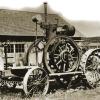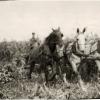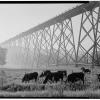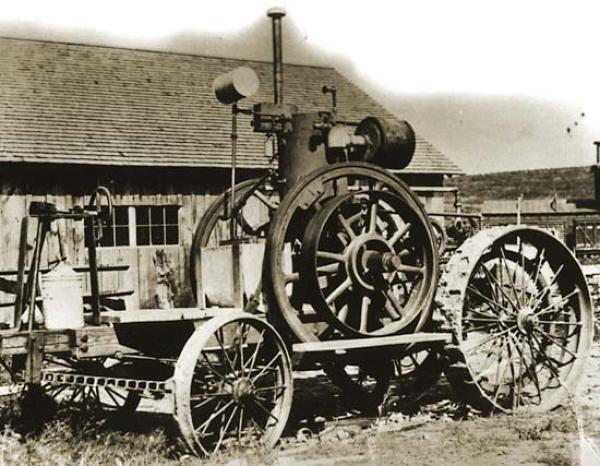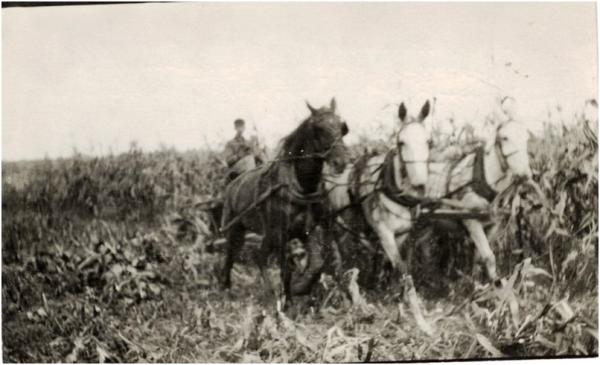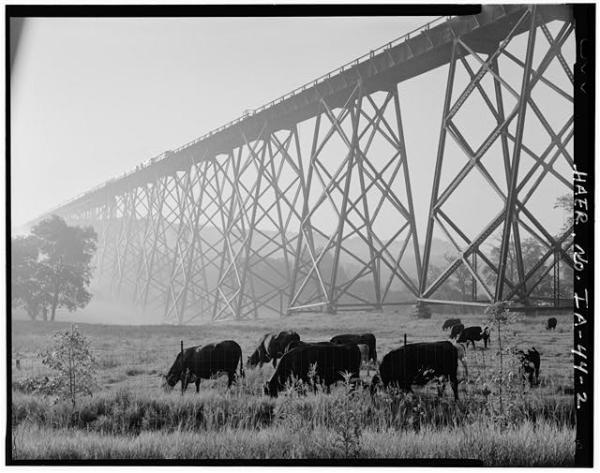Industrial Revolution in Iowa
| Grade | 4th Grade | Class | Social Studies | Length of Lesson | 75 Minutes |
| Lesson Title | Industrial Revolution in Iowa |
| Unit Title | The Industrial Revolution |
| Unit Compelling Question | Was the Industrial Revolution beneficial for our global society? |
| Historical Context: In the late part of the 18th century rural areas of North America and Europe were transformed into urban societies. Goods that were once made by hand began to be produced in large quantities in large factories with machinery. The introduction of steam power jump-started the Industrial Revolution in Britain and quickly spread to America and then worldwide. Steam-powered factories produced goods, and steam-powered trains transported those goods to markets. Large factories were established, leading to the growth of cities and urban centers. Large numbers of people flooded into the cities seeking employment in the factories and mills. In many cases this led to over population, pollution of air and water resources, and dangerous working conditions. ~ Allyson Simpson, Simpson College 2018.056.007 3/4 VIEW FROM NORTHWEST - Chicago & Northwestern Railroad Viaduct, Spanning Des Moines River at Chicago & Northwestern Railroad tracks, Boone, Boone County, IA. In 1867, the first railroad tracks in Iowa that were state-wide were constructed by the Chicago, Iowa and Nebraska Railway, whose name soon changed to Chicago & Northwestern Railway Company. In 1884, a section known as the "Iowa Lease Lines" or "Blair Roads" was bought by the company. The section covered 900 miles and connected the cities of Council Bluffs, Cedar Rapids, Clinton, Sioux City and Fremont, Nebraska. By 1890, the company absorbed a large section of railway (385 miles) in Iowa that was held under the ownership of the Toledo & Northwestern Railway. The Chicago & Northwestern Railway operated until 1995 when it merged with the Union Pacific Railway Company. ~ Lauren Adams, Teaching Iowa History Team 2018.037.002 This photograph shows the gasoline-powered tractor that Iowan John Froelich invented in 1892. This tractor was the first of its kind that could forward and in reverse. After inventing this tractor, Froelich helped found the Waterloo Gasoline Traction Engine Company, which was purchased by the John Deere Company in 1918. While working for a mobile threshing company, Froelich realized that farmers had difficulty getting coal for their steam-powered tractors. In 1892, Froelich worked towards a solution to the problem by attaching a Vanduzen engine on top of Robinson steam engine frame. The gasoline-powered tractor was met with confusion by farmers, but soon became popular as it was the first of its kind to move forwards and backwards. Working with George Miller, Froelich opened the Waterloo Gasoline Tractor Engine Company and developed the Waterloo Boy line of tractors. Froelich's invention helped to modernize the farming industry and led to new farming techniques and increased productivity and the size of farms. However, despite creating the first gas-powered tractor, it was not able to pull a horse plow behind it as it was too bulky. This issue was soon fixed with a design released by the Hart-Parr Company. 2018.017.011 This photograph shows a Chickasaw County farmer cutting corn. The farmer appears to be using a corn cutter, which was a horse-drawn sled with blades attached to it that cut one or two rows of corn at a time. |
|
| Lesson Supporting Question | |
| Lesson Overview | Students will compare differing perspectives on the Industrial Revolution. This lesson is after an introductory lesson so students should know that the Industrial Revolution was the shift to more machines and industry in the United States. This lesson will focus on Iowa and how different people such as farmers, railroad workers, and businessmen might have been affected. |
| Primary Sources Used |
|
| Resources Needed | |
| Standard | |
| Lesson Target | Students will explain how the Industrial Revolution might have impacted Iowa and it’s farms through a RAFT with all 4 sections clearly used. |
| Lesson Themes | |
|
| Formative Assessment (How will you use the formative assessments to monitor and inform instruction?) |
● Review of Industrial Revolution |
| Summative Assessment (How does the lesson connect to planned summative assessment(s)?) |
The RAFT at the end shows weather students understood the different perspectives on the Industrial Revolution. They will show how it affected their person and the advantages or disadvantages. |
| Author | Kelly Schwart | Created | Last Edited | ||||
| Reviewer: Dr. Chad Timm, Simpson College | |||||||
| Lesson Plan Development Notes: Social Studies Methods, Simpson College, Spring 2019 | |||||||

